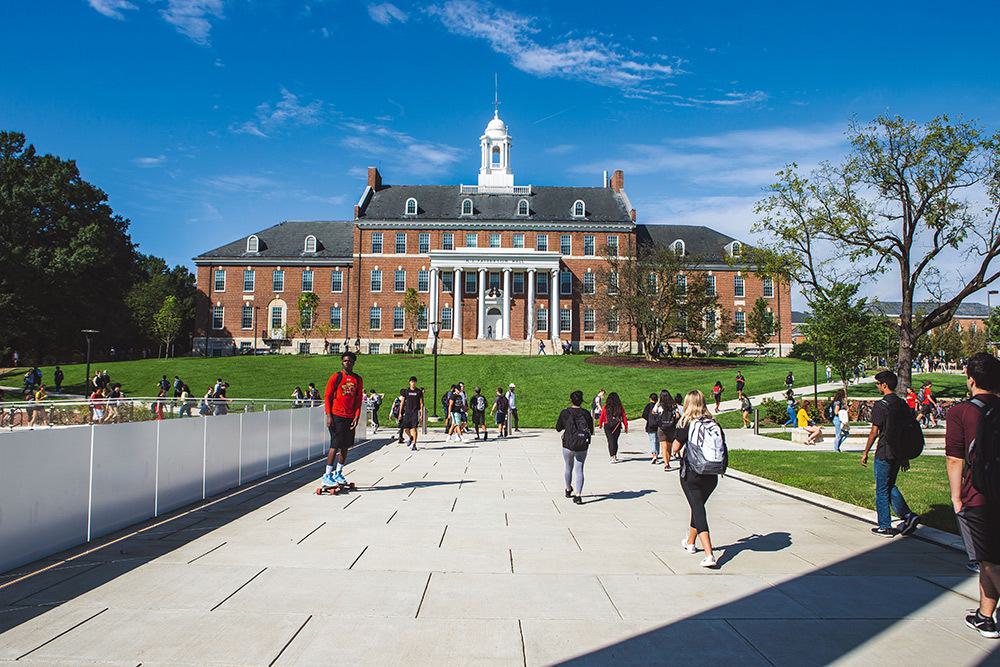The 21st century presents a host of challenges and opportunities for higher education institutions. From rapid technological advancements to global social and environmental issues, universities must evolve to meet the changing needs of society. This article explores how universities can adapt to the challenges of the modern world and continue to play a crucial role in education, research, and social development.
1. Embracing Technology and Online Education
Technological advancements are transforming almost every aspect of life, and education is no exception. The rise of digital technologies, such as artificial intelligence, big data, and virtual reality, is revolutionizing how students learn and interact with educational content. In response, universities must integrate technology into their teaching models to stay relevant.
- Online and Hybrid Learning: The COVID-19 pandemic accelerated the shift to online and hybrid learning models. In the future, universities will need to continue expanding their online offerings to provide accessible education to a global audience. Hybrid learning, which combines in-person and online components, is expected to become more prevalent as it offers flexibility for both students and educators.
- Technology-Enhanced Learning: Beyond online classes, universities can use technology to enhance the learning experience. Virtual reality (VR) and augmented reality (AR) can provide immersive learning experiences, allowing students to engage in simulations and explore complex concepts in new ways.
- Artificial Intelligence in Education: AI can play a significant role in personalized learning. AI-powered tools can help universities create customized learning paths for students, providing real-time feedback, personalized recommendations, and assessments that align with individual learning styles.
2. Addressing the Skills Gap and Workforce Development
As the job market evolves, universities must adapt their curricula to equip students with the skills needed in the modern workforce. There is an increasing demand for skills in areas such as technology, data analysis, and communication, and universities must prepare students to meet these demands.
- Collaboration with Industry: Universities should strengthen partnerships with industries to ensure that their curricula reflect current market needs. Collaboration with businesses can help universities develop programs that focus on emerging fields, such as artificial intelligence, cybersecurity, and renewable energy.
- Lifelong Learning: As the pace of technological change accelerates, lifelong learning will become increasingly important. Universities can support this by offering flexible and accessible continuing education programs, certifications, and micro-credentials that allow individuals to upgrade their skills throughout their careers.
- Internships and Apprenticeships: Providing students with opportunities for internships, apprenticeships, and real-world experience is critical in bridging the gap between education and employment. Universities should work closely with businesses to offer students hands-on learning experiences that will prepare them for the workforce.
3. Fostering Inclusivity and Diversity
The future of higher education must be inclusive and accessible to all students, regardless of their socio-economic background, race, gender, or geographic location. Universities can play a critical role in fostering inclusivity and promoting diversity.
- Scholarships and Financial Aid: Universities can increase access to higher education by offering more scholarships, grants, and financial aid programs for underprivileged students. This helps reduce barriers to education and ensures that talent is not overlooked because of financial constraints.
- Inclusive Curriculum: Universities can create more inclusive learning environments by designing curricula that reflect diverse perspectives and experiences. Encouraging diverse voices in the classroom and research will enrich students’ learning experiences and foster a deeper understanding of global issues.
- Support Services for Underrepresented Groups: Universities should provide support services for underrepresented groups, including mentorship, counseling, and career guidance. Creating a welcoming and supportive environment for all students helps promote equity in higher education.
4. Sustainability and Environmental Responsibility
The 21st century is marked by increasing concerns about climate change, resource depletion, and environmental sustainability. Universities have a responsibility to lead by example in promoting sustainable practices and addressing environmental challenges.
- Sustainable Campus Operations: Universities can reduce their carbon footprint by implementing sustainable campus practices, such as using renewable energy, reducing waste, and promoting sustainable transportation options for students and faculty.
- Research on Climate Change and Sustainability: Universities play a key role in researching climate change and developing solutions for a more sustainable future. Through interdisciplinary research, universities can help find innovative solutions to environmental challenges.
- Curriculum Integration: Universities should integrate sustainability into their curricula, offering courses on environmental science, green technologies, and sustainable business practices. This prepares students to address sustainability issues in their future careers.
5. Strengthening Global Engagement and Collaboration
The challenges of the 21st century, such as climate change, pandemics, and economic inequality, are global issues that require international collaboration. Universities must strengthen their global engagement and collaborate across borders to tackle these challenges.
- International Research Partnerships: Universities should work together with global research institutions to address pressing global issues. Collaborative research projects on topics like health, technology, and climate change can lead to innovative solutions that have a worldwide impact.
- Global Student Exchange Programs: Universities can promote cultural exchange and international understanding by offering more opportunities for students to study abroad or engage in cross-cultural programs. These experiences help students become global citizens and prepare them for international careers.
Conclusion
Universities face significant challenges in the 21st century, but they also have immense opportunities to adapt and evolve. By embracing technology, addressing the skills gap, promoting inclusivity, fostering sustainability, and strengthening global collaboration, universities can continue to thrive and remain central to societal progress. As higher education institutions navigate this changing landscape, they will play a crucial role in shaping the future of the workforce, research, and global society.

